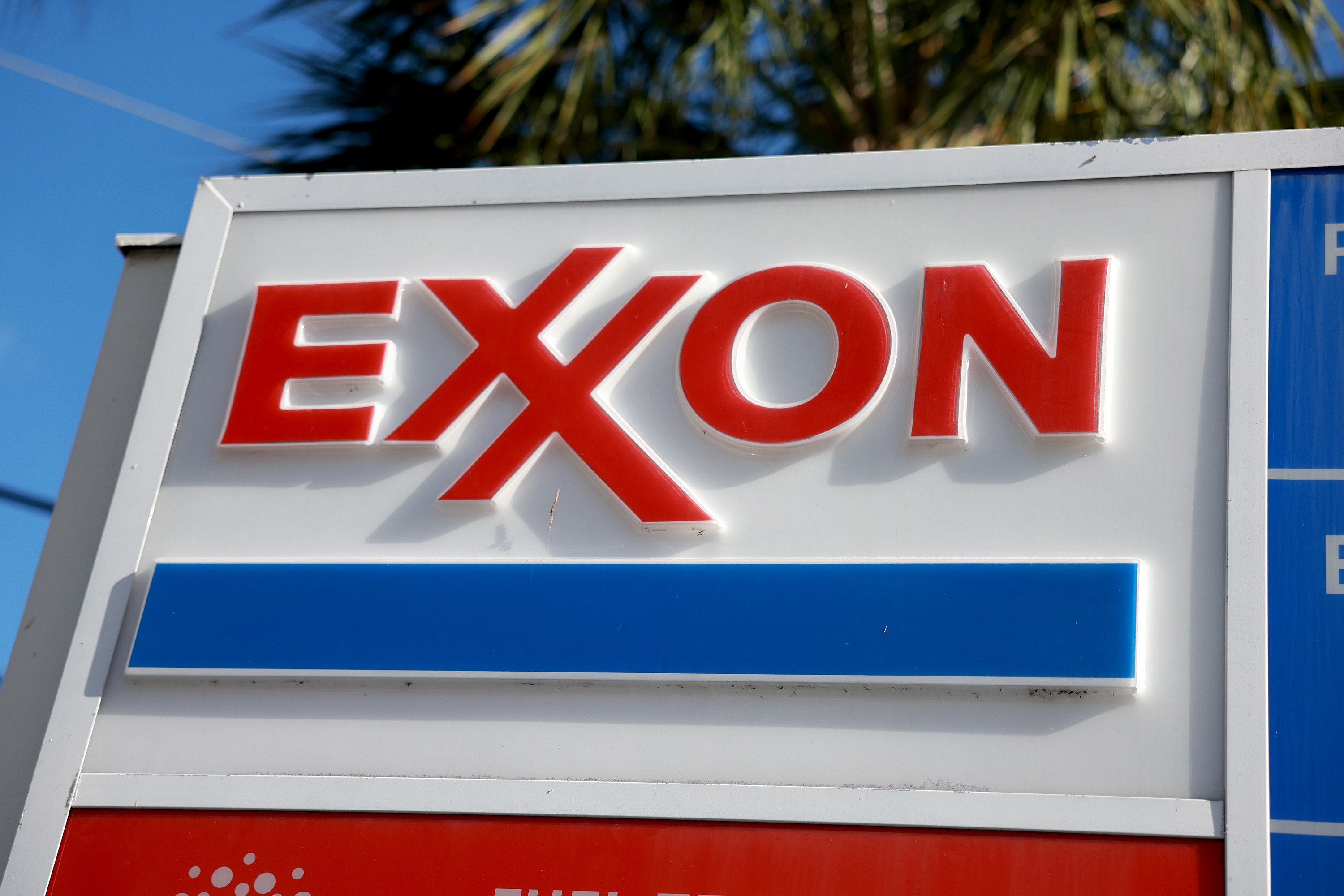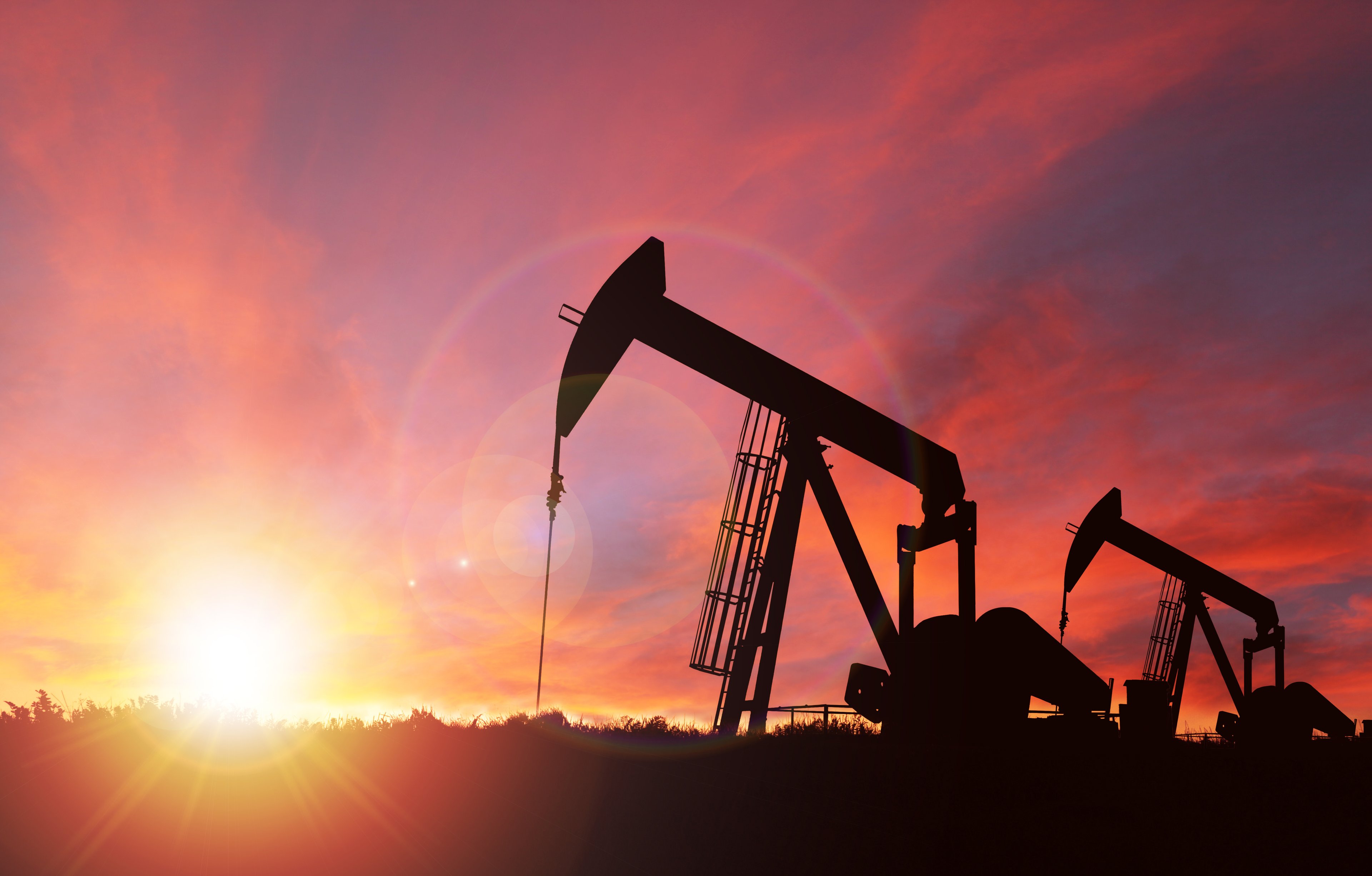Oil companies like Chevron (CVX 0.45%) are taking a double hit lately. First, oil prices have been relatively weak for several years. Second, carbon-based fuels are under increasing scrutiny due to their effect on the climate. These are two of the key reasons why Chevron's dividend yield is over 4%. But before you get stuck on the negatives, here are a few positives to consider that suggest now is actually a good time for dividend investors to put Chevron on their buy list.
1. A strong foundation
Oil is a volatile commodity prone to big price swings. But Chevron is well aware of how the industry in which it operates works, which is why it has long focused on maintaining a strong balance sheet. This is the financial foundation of any company, and within the energy sector, Chevron's balance sheet is among the strongest.

Image source: Getty Images.
To put some numbers on that, the company's financial debt-to-equity ratio is roughly 0.15. That's a low number for any industry, but particularly conservative in the energy sector. Although fellow oil giant ExxonMobil's (XOM +0.00%) financial debt-to-equity ratio is roughly the same, most other peers sit at more than twice that level. This is the normal trend, with Chevron historically taking a conservative approach with regard to leverage. That flows through to the company's interest coverage; it can pay its interest expenses 24 times over. Exxon's times interest earned ratio is a touch better, but Chevron sits above all of the others in the group.
The big takeaway here is that Chevron has plenty of room on its balance sheet to add debt if an industry downturn requires it. That's what it did when oil prices plummeted from over $100 a barrel in mid-2014 to below $30 in early 2016. Prices today are in the $50-to-$60 range and Chevron has actually been able to keep trimming debt. So, despite a tough market, the energy giant looks like it is on pretty solid financial ground.
2. Well-positioned oil portfolio
There's no question that oil prices have been volatile lately, with the commodity trading in a range that makes it tough for some industry participants to turn a profit. Smaller players have been going belly up in this environment, particularly in the U.S. onshore space. In fact, Reuters reports that law firm Haynes and Boone believes that bankruptcies are on pace to reach levels last seen in 2016, when oil prices finally started to bounce off of the lows following the 2014 downturn.
Chevron won't be on the bankruptcy list because of its strong balance sheet. But there's another factor to consider here. Chevron believes its cash flow break-even point is roughly $51 per barrel. That's at the low end of the current oil price range and better than most of its peers. So it is actually relatively well-positioned to cover all of its expenses within the oil environment in which it is operating.
3. Spending relatively flat
Another positive here is that Chevron's capital spending plans aren't growing materially. In fact, it expects to spend around $20 billion or so each year through 2023, roughly about the same as it has spent since 2018. Exxon, for reference, has been ramping up its spending to reverse a production decline. But don't take that to mean that Chevron is backing away from production growth -- just the opposite is going on, with production expected to increase, on average, between 3% and 4% a year over the next five years. Put simply, Chevron is expecting to spend less than most of its rivals and yet continue to grow its business. That's a pretty desirable position to be in.
4. The carbon quandary
So Chevron looks well-positioned in the oil industry, with relatively low costs, production growing, and a strong enough balance sheet to handle adversity if it needs to. So far, so good for income-oriented investors. But there's a long-term problem that needs to be examined: carbon. Oil and natural gas are carbon-based fuels that are expected to be displaced over time by cleaner alternatives, like electricity generated by solar and wind. The big question here, however, is when?
At this point, most industry watchers expect oil and natural gas to remain important contributors to the world's energy needs for decades to come. Exxon has made a point of highlighting how long energy transitions take because of the need to build infrastructure, with oil requiring roughly a century to displace coal. Royal Dutch Shell, meanwhile, has noted that someone has to supply the world with the oil it is still demanding. Notably, if companies don't keep drilling, it appears the bigger risk is that the world will have too little oil. That's doubly true given that few (if any) countries have been able to meet the carbon reduction goals they have set for themselves.
Accoring to Chevron's long term forecast in the image below, it appears that new supplies of 550 billion barrels of oil and 2,100 trillion cubic feet of natural gas will be needed to meet demand under current regulations. That means more drilling. And even if the world comes together to limit carbon emissions, it still looks like new supplies of 370 billion barrels of oil and 1,750 trillion cubic feet of natural gas will be needed. Once again that means more drilling. Yes, producing carbon fuels is an issue, but Wall Street appears to be overreacting to the risks here.

Image source: ExxonMobil.
At this point, oil and natural gas don't look as though they will face a major threat from alternatives for a long time. Eventually oil and natural gas will fall from favor, but right now the world still needs these fuels in large quantities.
Worth a deep dive
Income investors looking for a reliable dividend stock should consider Chevron. It isn't a risk-free investment by any means, but the 4% yield is attractive (and on the high side of its historical range over the past 20 or so years). It appears well positioned financially and within the industry. And the carbon issue, while a threat, looks like it won't be a material headwind for many years. All told, now appears to be a pretty good time to consider adding Chevron to your dividend portfolio.






